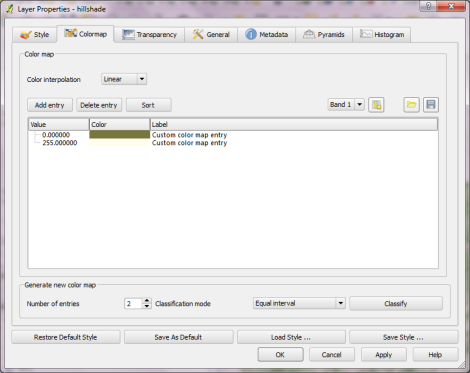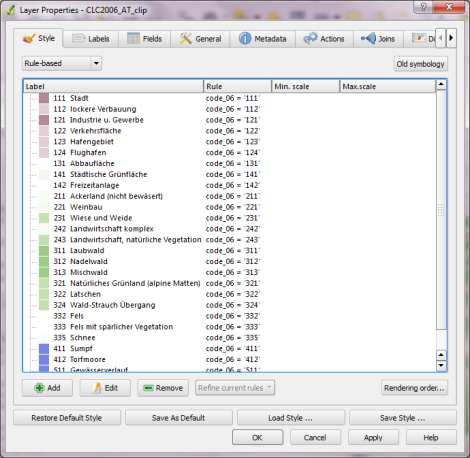Physical Maps on QGIS Cloud
QGIS Cloud is a great cloud hosting service for QGIS Server by Sourcepole. After online registration and installation of an (experimental) plugin, QGIS projects can be uploaded to the cloud quite comfortably.
For a quick test, I tried to recreate the map from “Open Data for Physical Maps”. Right now, one of the limitations is that raster layers cannot be uploaded. Instead of the SRTM data, I therefore chose OCM landscape from OpenLayers plugin to provide some hillshade. The process of uploading data and publishing the project went smoothly and I didn’t encounter any problems.
You can explore the map online at qgiscloud.com/anitagraser/corine_austria.
Considering the complexity of the Corine dataset, rendering is quite fast – certainly much better than on my notebook.












